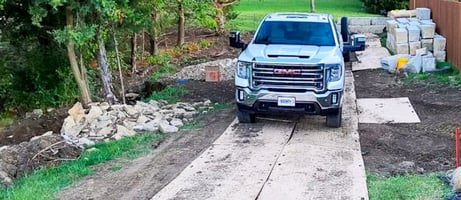Choosing the right ground protectionfor your construction site depends entirely on the type of...
How to Protect Your Lawn From Heavy Equipment During Construction
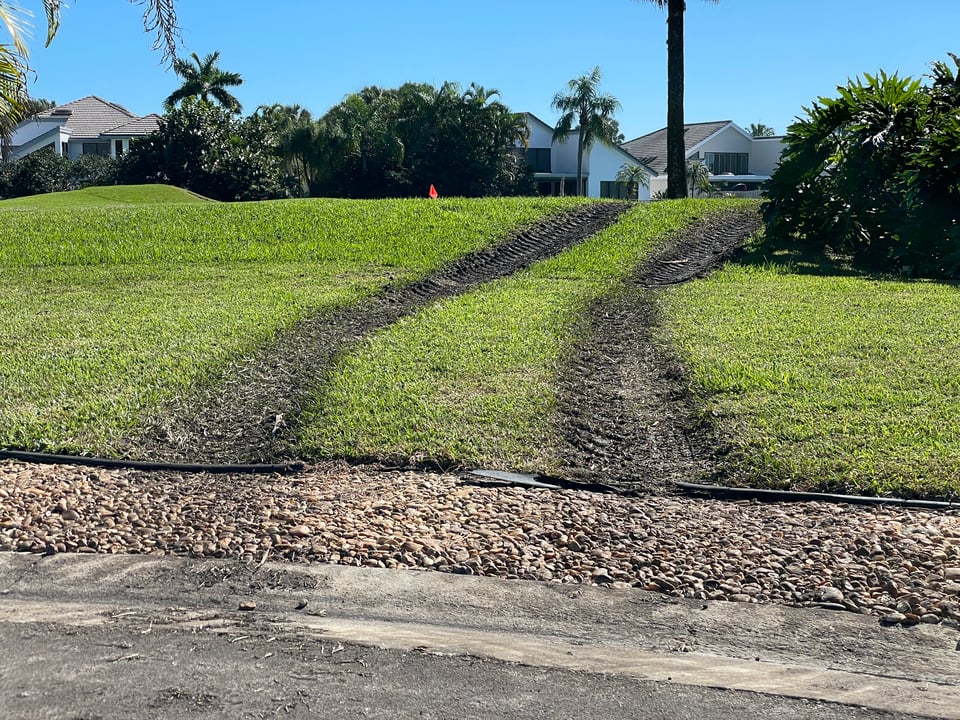
Construction work is about building something new, but it can take a serious toll on your clients’ lawns. Protecting existing grass or turfing during construction can help you ensure that you aren’t stuck at the end of a project dealing with time-consuming replants or frustrated clients. In fact, it’s much easier to protect grass than it is to repair it, especially after construction work. Even in the most verdant areas, grass growth can be hard to predict.
Thankfully, there are ways to shield your clients’ grass before you get started with your work. Here are some ideas for how best to protect lawns from heavy equipment during construction projects.
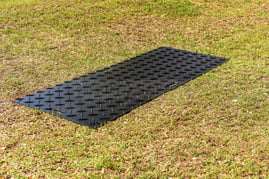 Use Ground Protection Mats
Use Ground Protection Mats
Ground protection mats are the gold standard for protecting your lawn from heavy equipment during construction projects. However, the kind of mat you use matters. StartMats offer multiple shapes and sizes to accommodate the needs of any construction site. With modes to attach several mats to each other, it's customizable for every project’s need.
Avoid Using Heavy Construction Machinery in Wet Weather Conditions
One easy way to ensure your lawn doesn’t get damaged in the aftermath of a storm when construction is expected is to track the weather. Most people in the industry understand that heavy machinery in wet conditions is never ideal, but even using heavy machinery after rainfall can seriously damage the grass.
Make Sure the Ground Is Dry Before Construction Work Begins
After waiting the weather out, you and your team are likely ready to jump back into your project. However, working before the ground is dry can wreak havoc on a lawn. Heavy precipitation causes the ground to be muddy and pliable, causing gouges in the soil and grass. Waiting for the soil to dry and become compact enough to support the weight of your equipment is the best way to ensure the grass on your job site does not get damaged.
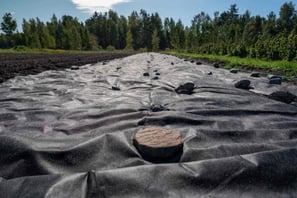 Use a Tarp to Cover Additional Exposed Grass
Use a Tarp to Cover Additional Exposed Grass
The less-trafficked areas of the construction site can be covered with tarps or other similar products. These will still protect the grass where not as much protection is needed. Areas of the construction site that see more foot traffic or equipment usage are best protected by stronger mats, but not every piece of ground will require such shielding. Tarps are a less costly option for managing areas that aren’t as likely to be damaged or won’t see as much foot traffic or equipment.
 Use Plywood in Addition to Ground Protection Materials
Use Plywood in Addition to Ground Protection Materials
Using plywood to reinforce turns and pivots for heavy machinery is one way to protect the grass during a construction project. It’s smart to couple plywood with ground protection mats or tarps, but it can also be used on its own if ground protection mats are not available or won’t work in certain areas.
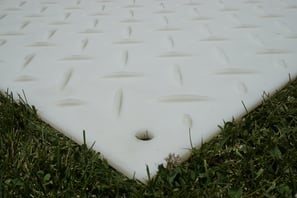 Plastic Mats
Plastic Mats
All ground protection mats are made from recycled high-density and low-density polyethylene plastic (HDPE/LDPE). HDPE plastic is a strong and flexible material that is also guaranteed to be long-lasting. HDPE can be costly, but it will last hundreds of uses and is considered a long-term investment. StartMat is an industry-standard mat that is offered in multiple sizes and is made to last 15-20 years.
Learn More About Which Is Right for Your Site
Protecting the lawn and grass on a site is often an expectation of the client, so ensuring grass stays as shielded as possible is crucial. Startsafety.com is the cheapest place that sells lifetime guarantee on ground protection mats and can help with how to protect lawns from heavy equipment. No project is alike, so if you need help determining how best to save grass during a project, contact our team today.



